The world of music composition has always been a battleground between control and chaos, between the composer's iron will and the unpredictable forces of improvisation. Nowhere is this tension more beautifully explored than in chance music, an avant-garde movement that emerged in the mid-20th century as a radical departure from traditional compositional techniques.
Often referred to as aleatoric music (from the Latin "alea," meaning dice), chance music incorporates elements of unpredictability into either the composition process or the performance itself. This revolutionary approach didn't merely tweak existing musical conventions—it upended centuries of tradition where every note, rhythm, and dynamic marking was precisely determined by the composer.
The philosophical underpinnings of chance music can be traced back to the Dada movement and John Cage's growing fascination with Eastern philosophies, particularly Zen Buddhism. Cage's infamous 4'33" (1952), where the performer makes no intentional sounds for four minutes and thirty-three seconds, demonstrated that silence and ambient noise could be just as musically valid as composed notes. This piece became a watershed moment, opening floodgates for experimental composers to explore the role of chance in their work.
What makes chance music particularly fascinating is its variety of implementation. Some composers use chance operations only during the creation process, meticulously working out every detail through random procedures before fixing them in a final score. Others create graphic scores or text instructions that leave substantial interpretive freedom to performers. The most radical approaches involve real-time chance elements during performance, making each rendition fundamentally unique.
Traditionalists initially dismissed chance music as gimmickry or even musical anarchy. The renowned conductor Leonard Bernstein once quipped that giving performers too much freedom was like "allowing the inmates to run the asylum." However, as the movement gained traction throughout the 1950s and 1960s, even skeptical musicians began recognizing its potential. The controlled randomness in chance music often produced textures and relationships that no composer would have conceived through deliberate planning.
Pierre Boulez's Third Piano Sonata (1957) offers a compelling middle ground between chance and control. The work consists of five movements that can be played in any order, with certain passages left to the performer's discretion regarding tempo and articulation. This "mobile form" approach created dynamic performances where the architecture of the piece revealed itself differently each time while maintaining rigorous musical logic.
The practical challenges of chance music have spawned innovative notation systems. Rather than traditional staff notation, many scores incorporate graphic elements, geometric shapes, or written instructions. Earle Brown's December 1952 from his "Folio" series consists entirely of horizontal and vertical lines of varying thickness—a musical Rorschach test that each performer interprets uniquely. These visual scores often resemble abstract expressionist paintings more than conventional sheet music.
Technology has dramatically expanded the possibilities for chance music in recent decades. Computer algorithms can generate complex chance operations in real-time, while interactive systems allow electronic instruments to "respond" to acoustic performers with unpredictable sonic transformations. Contemporary composers like Brian Eno have pioneered generative music systems that create theoretically infinite variations from simple rule sets.
Beyond the concert hall, chance operations have infiltrated popular music in surprising ways. David Bowie famously wrote lyrics by cutting up phrases and rearranging them randomly. Radiohead's "Kid A" album incorporated chance elements in both composition and production. Even mainstream producers sometimes use randomization plugins to create unexpected rhythmic variations or harmonic progressions.
The psychological experience of chance music offers fascinating insights into human perception. Our brains instinctively seek patterns, so when presented with seemingly random musical events, listeners often impose their own narratives or structures. This active participation in creating meaning makes chance music an unusually personal experience—no two listeners will perceive the same performance identically.
Educational applications of chance techniques have proven particularly valuable. By removing the pressure to create "correct" music, students often produce more adventurous work. Improvisation exercises based on chance operations can help break creative blocks and develop quick musical decision-making skills. Many conservatories now include aleatoric techniques in their composition curricula.
As we move further into the 21st century, chance music continues evolving in unexpected directions. Artificial intelligence systems are creating new hybrids of composed and generated music. Interactive installations allow audience members to influence performances through motion or biometric data. The internet enables collaborative chance compositions across continents. What began as an avant-garde rebellion has become a rich, multifaceted approach to musical creation.
Perhaps the most enduring legacy of chance music is its democratization of the creative process. By sharing compositional authority with performers, listeners, and even random processes, it challenges the very notion of the composer as sole creator. In doing so, chance music reflects our complex relationship with control and uncertainty—not just in art, but in life itself.
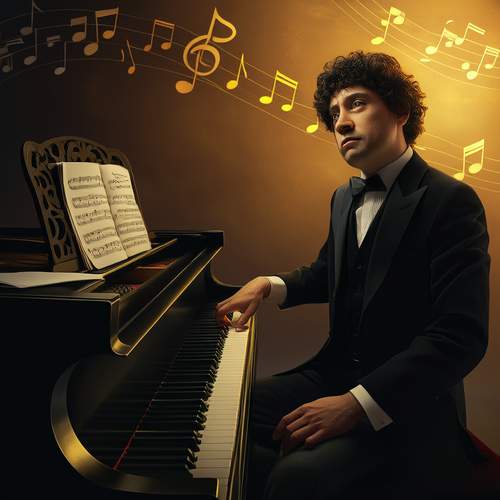
By /May 30, 2025
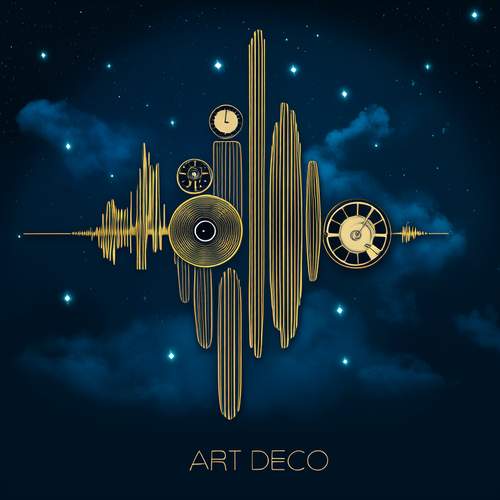
By /May 30, 2025

By /May 30, 2025
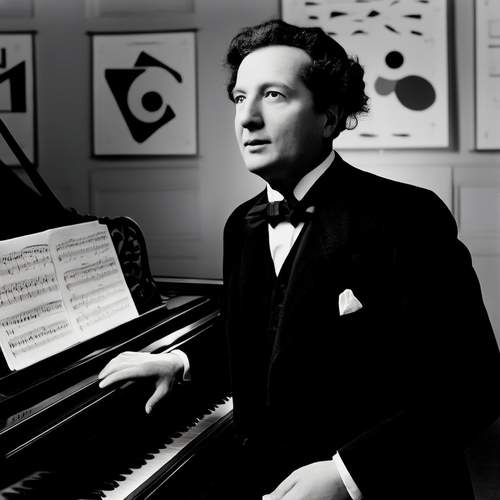
By /May 30, 2025
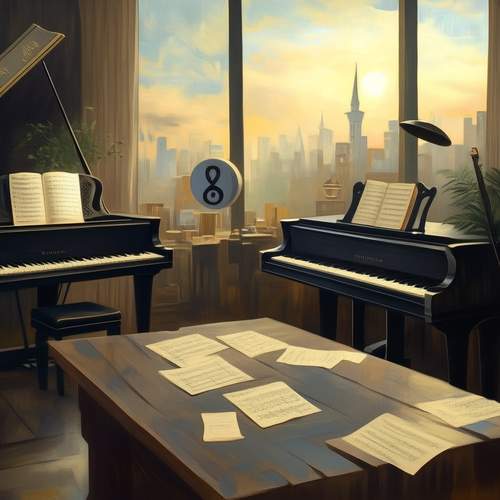
By /May 30, 2025
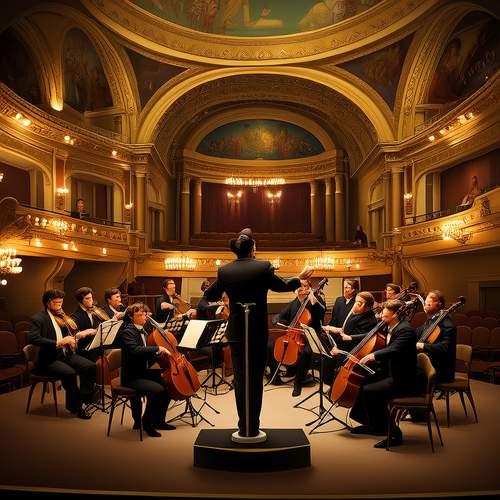
By /May 30, 2025
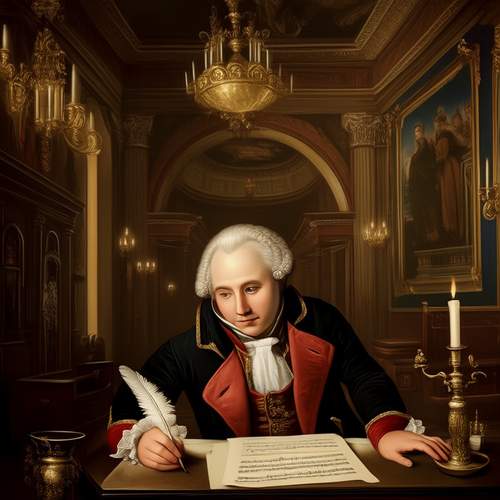
By /May 30, 2025
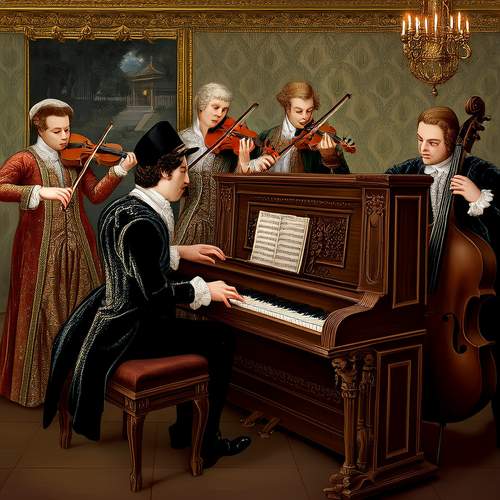
By /May 30, 2025
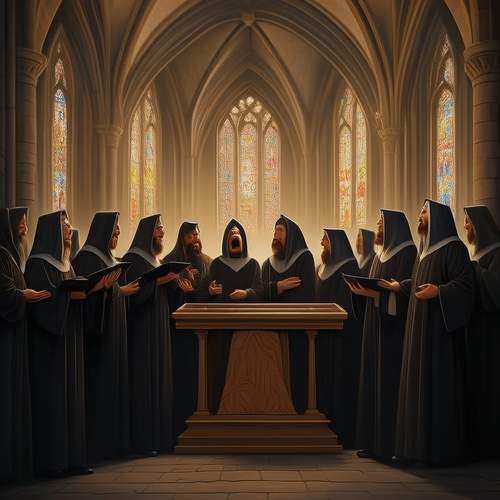
By /May 30, 2025
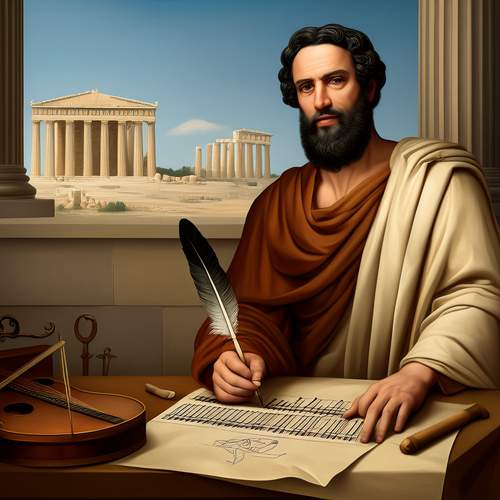
By /May 30, 2025
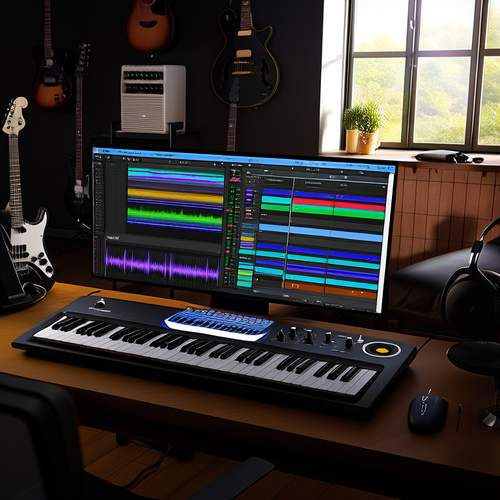
By /May 30, 2025
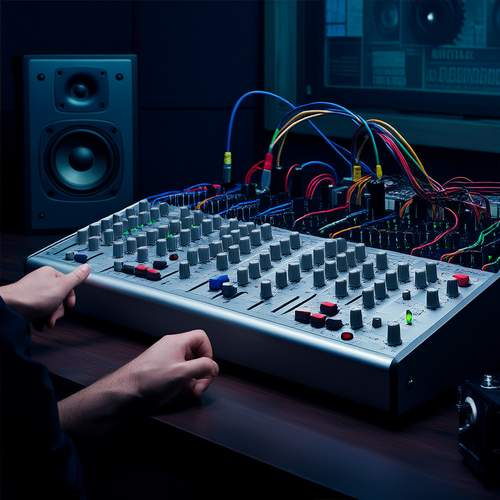
By /May 30, 2025
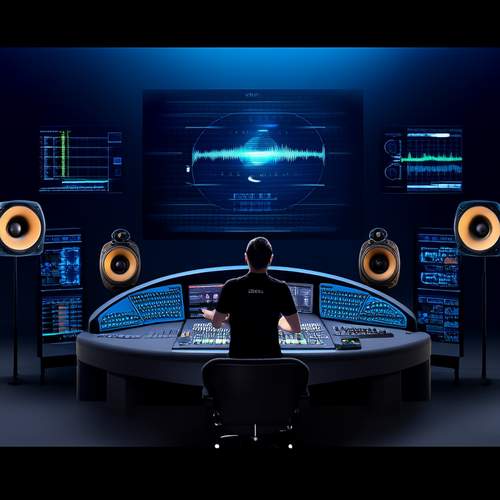
By /May 30, 2025
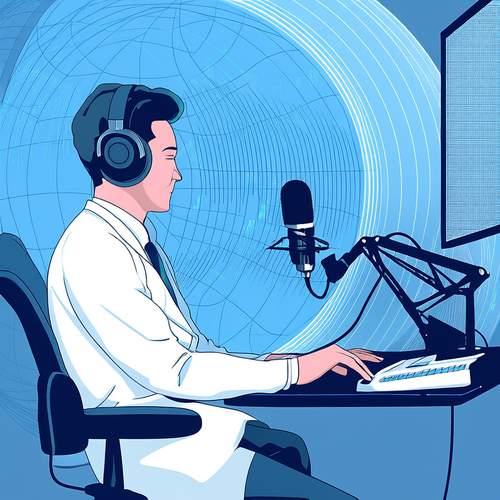
By /May 30, 2025
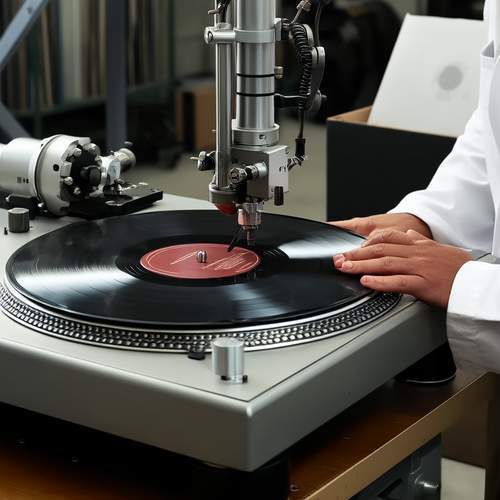
By /May 30, 2025
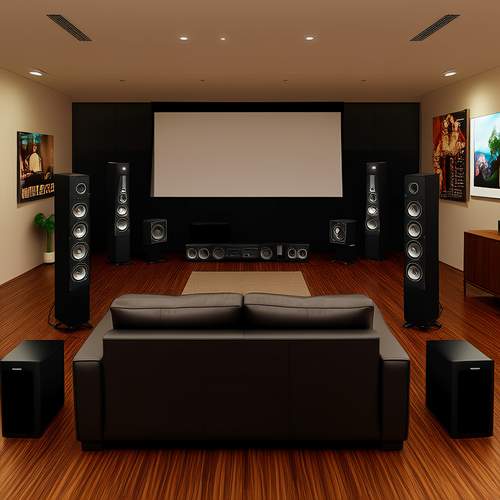
By /May 30, 2025

By /May 30, 2025

By /May 30, 2025
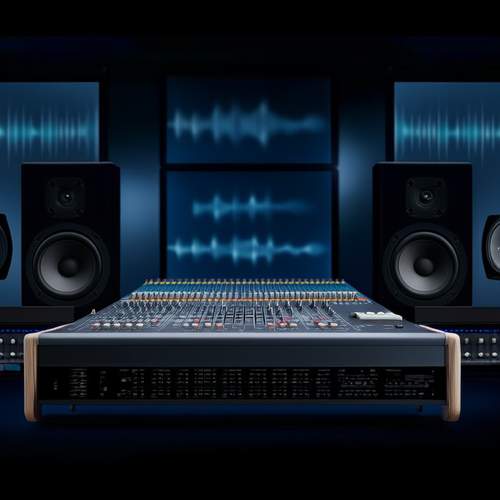
By /May 30, 2025
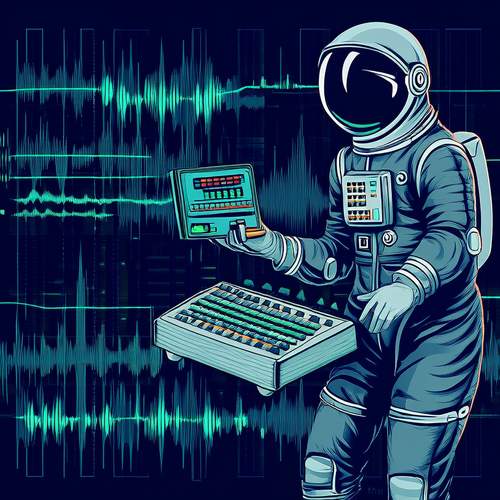
By /May 30, 2025